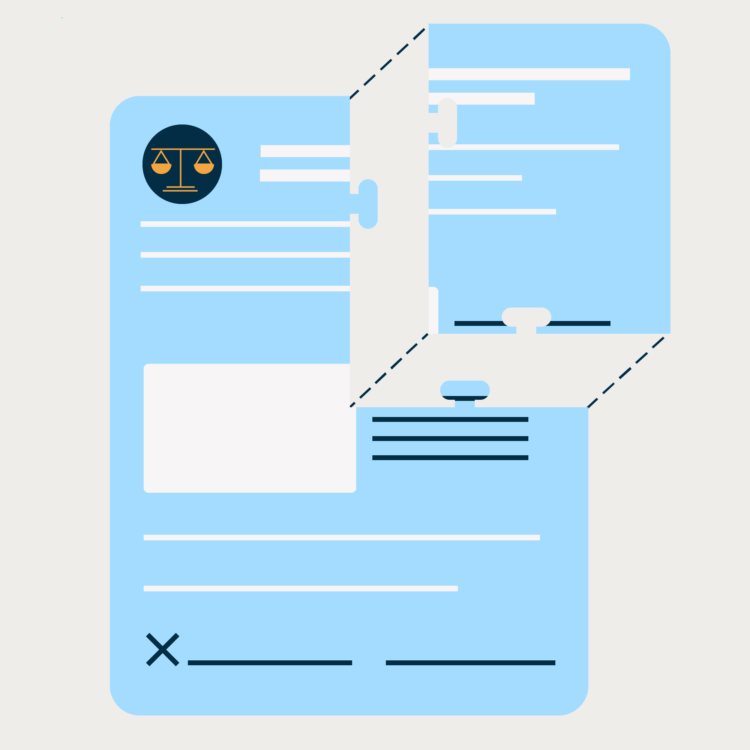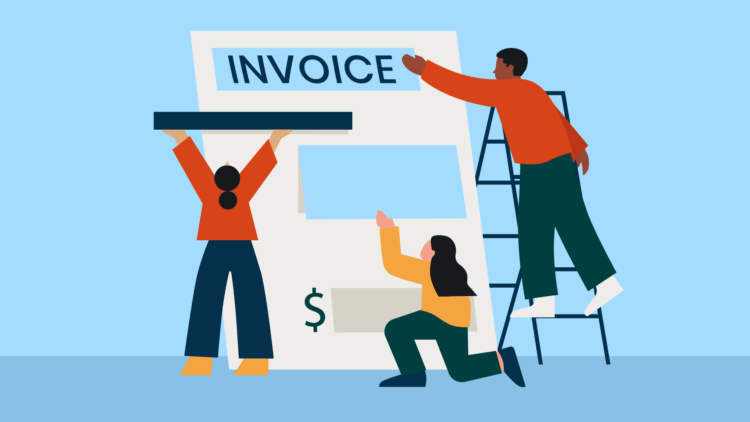Legal templates resources
Legal Document Template FAQs
How do you create a legal document?
Having good legal writing skills is important to create any legal document. While there are many types of documents, here are a few universal tips to consider:
- Start with basic information regarding parties involved such as full names, titles, involvement, etc.
- Describe the agreement in detail and what each party has agreed to exchange whether it’s money, services rendered, or so forth.
- Clearly define the terms of the contract, including the date it takes effect and when it will be completed.
- Write in plain language. You may be used to using legalese, but if you’re writing a client-facing document, clients need to be able to read and understand the document.
- Include a clause on how disputes will be resolved if any should arise.
What are some examples of legal documents?
Legal documents include much more than just court-facing or client-facing documents. There are business documents that also fall under that category. Here are a few examples:
- Memorandums
- Briefs
- Invoices
- Intake forms
- Employment contracts
- Non-disclosure agreements
- Disclaimers
- Notices
- Compliance checklists
- Timesheets
- Business plans
Are legal templates free?
Yes, you can find any type of legal template for free.
How can I organize all of my legal document templates?
Legal document templates make a great starting point for lawyers who are still establishing themselves. For those who find they have too many templates and are looking for a way to scale their firm, legal practice management software is a great solution.
Level up your legal documents with Clio
See how Clio's legal document automation and management capabilities can help keep all your legal documents in one place.










